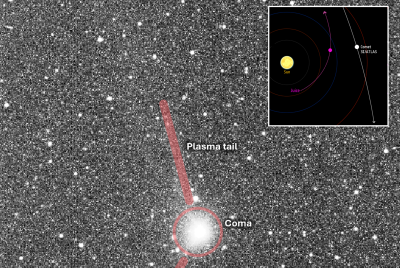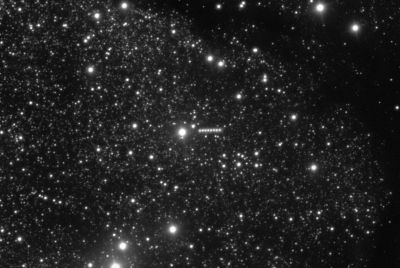Where Did The Torenza Passport Woman Come From? Origins Of The Viral Video Analysed, And The 'Truth' To The Story
A mysterious video of a woman with a "Torenzan passport" has sparked intrigue online and revived an old urban legend

A viral video has caught the attention of millions online, showing a calm woman at an airport immigration desk holding a passport from a country called Torenza.
The clip looks more like a movie scene than real life, with dramatic lighting and digital effects that add to the mystery. While many people have tried to verify the footage, most signs point to it being a creative hoax rather than proof of a hidden nation.
Its popularity may come from how closely it mirrors an old legend — the story of the 'Man from Taured.'
The Torenza Video: What Can Be Verified
At present, reliable fact-checkers have not found any credible evidence to support the claim that Torenza is a real place, or that someone presented a genuine Torenza passport at an official immigration checkpoint. There are no statements from airports or immigration authorities confirming such an event. No public records, no CCTV footage, no official documents have been revealed to back up the sensational narrative circulating online.
Observers have noted several hallmarks common to recent AI-driven misinformation: inconsistencies in visual detail; effects that seem stylised (glitches, dramatic lighting); ordinary human behaviour combined with extraordinary claims. These signs suggest that the video may well be crafted to provoke curiosity and spread rapidly — in short, to go viral rather than to inform.
The Man from Taured: Legend, Reality, and the Roots of the Myth
To understand why 'Torenza' feels so plausible — at least to many viewers — it helps to revisit the story of the Man from Taured. In this tale, usually placed in the 1950s, a man arrives at a Japanese airport with a passport from a country called Taured, which, as authorities note, does not exist.
When asked to show Taured on a map, he points to the small principality of Andorra, somewhere between France and Spain, insisting that Taured has existed for centuries. The story builds to a dramatic moment: the traveller is detained, placed under guard in a hotel overnight, only to vanish without trace.
This lore has fascinated paranormal enthusiasts and urban legend collectors. But upon careful examination, much of it is likely embellished. According to historians and fact-checkers such as Snopes and Full Fact, the spectacular versions of the story (the disappearance, otherworldly claims) do not appear in contemporary records from the 1950s.
What is documented, however, is a case from 1959-1960 involving a man named John Allen Kuchar Zegrus. Zegrus was arrested in Japan for identity fraud. Among other things, he presented a fake passport, purportedly from 'Tamanrasset, capital of Tuarid.'
He was eventually tried, sentenced to a year in prison, and deported. There is no credible evidence that he vanished, that his country suddenly disappeared from maps, or that any supernatural dimension was involved.
Parallels Between Torenza and Taured
The Torenza video diverges in detail but follows a familiar narrative pattern. It leverages the mystery of identity, the authority of travel documents, and the tension between what is visible (a passport, stamps, the trappings of legitimacy) and what is verifiable. Those features are exactly those that shaped the Taured legend: a man with believable documents from a place nobody finds on a map.
It is this similarity — this echo — that gives Torenza its power. When people see Torenza, they may subconsciously recall Taured; the internet has made the Taured myth one of our shared modern folklore. Thus, even in the absence of evidence, the structure of the story feels plausible.
What We Truly Know — And What Remains Unknown
What is known is that human beings do create forged passports, fabricate identities, and sometimes invent places — or borrow names that sound plausible. The Zegrus case demonstrates this clearly.
What is unknown, and currently unverified, is whether Torenza ever existed, whether the video shows anything beyond staged or edited performance, and whether any aviation, immigration or governmental authority has been misled in real life.
Why the Legend Persists
Stories like these endure not because they often prove real, but because they touch on deep human curiosities: about identity, belonging, borders, and the possibility of the unexpected. The narrative of someone arriving from nowhere, armed with proof that seems real, being confronted by official systems, slips easily into mystery.
AI tools, such as the now rising popularity of Sora - said to be 'scaring' video creators for its realism - and other video editing, have made it easier to produce compelling illusions. Social media amplifies the strange, the uncanny, the ambiguous.
While the 'Torenza Passport Woman' video is currently best understood as a piece of viral storytelling rather than reportage, it is useful as a lens on how myth and fact interact in the digital age. The legend of the Man from Taured, drawn from the real John Zegrus case, shows how a modest fraud can gradually grow, in retelling, into a dramatic myth.
© Copyright IBTimes 2025. All rights reserved.





















